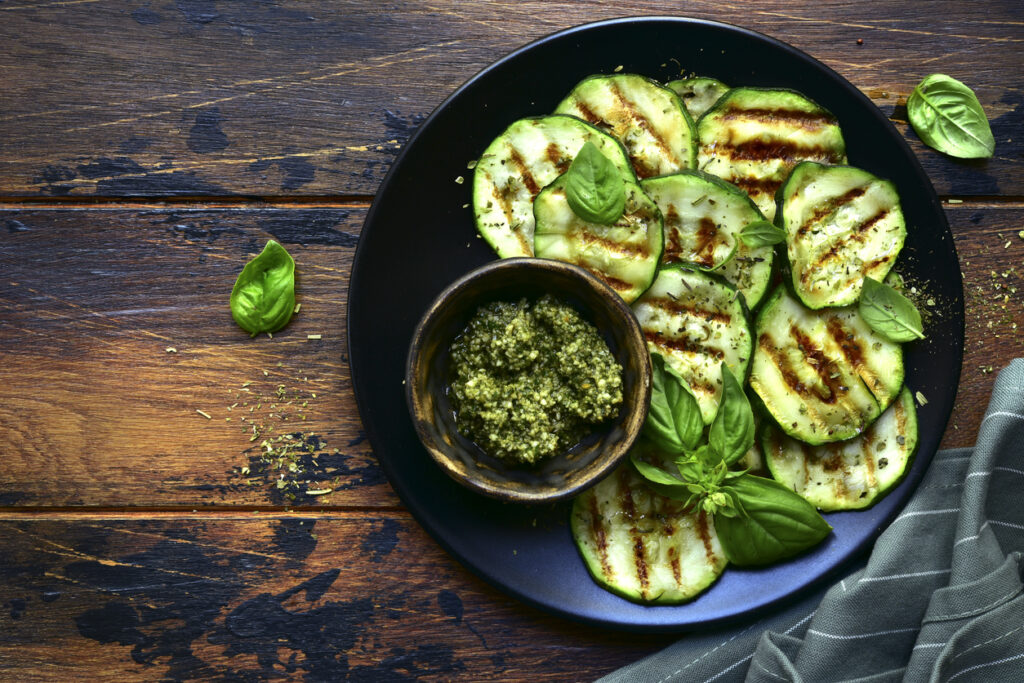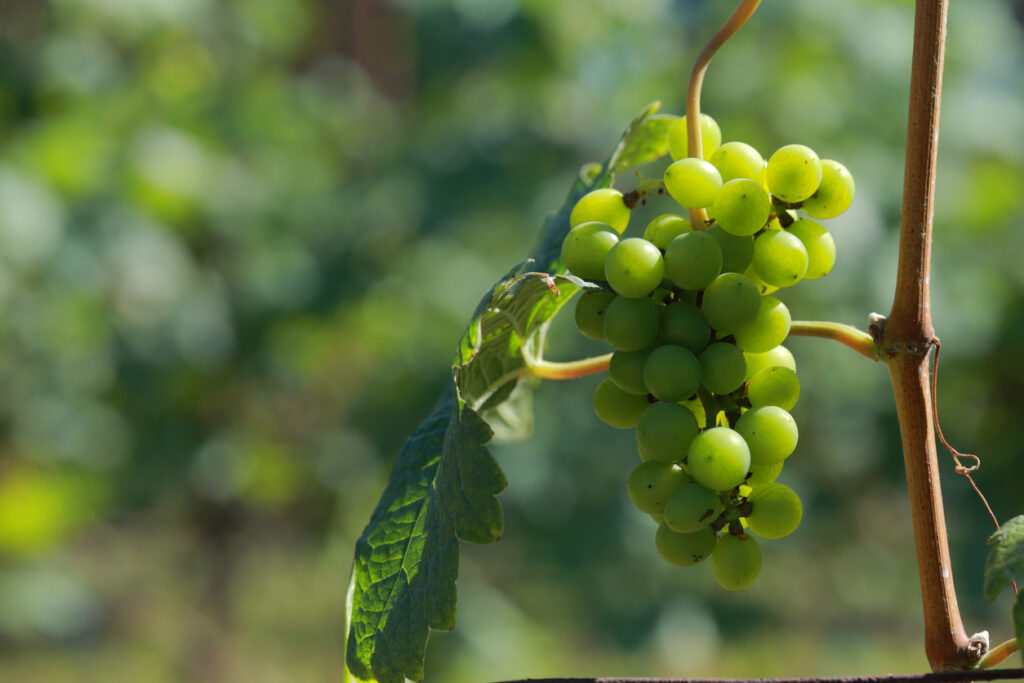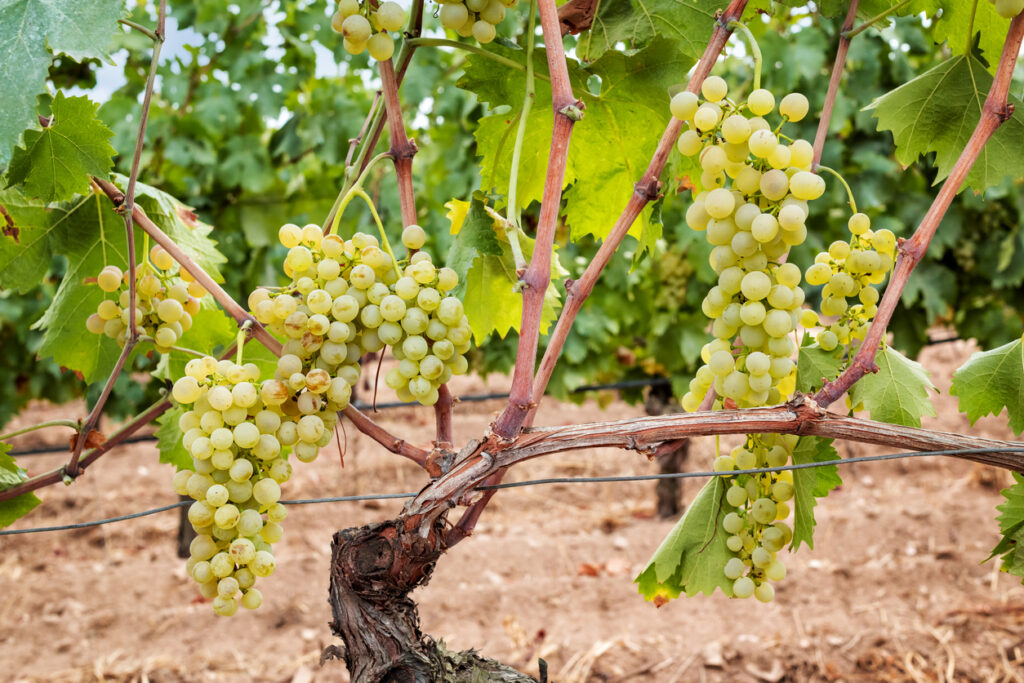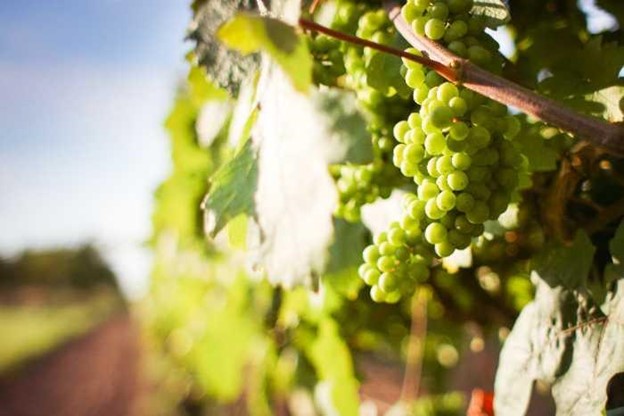Picpoul de Pinet is a white wine that has been gaining popularity in recent years. The main grape variety used to produce this wine is the Piquepoul grape, which is known for its high acidity and citrusy flavor profile. This grape has been grown in the Languedoc region of France for centuries, but it wasn’t until the 1990s that Picpoul de Pinet gained official AOC (Appellation d’Origine Contrôlée) status.
The unique terroir of the Languedoc region plays an important role in shaping the flavor and character of Picpoul de Pinet.
What does Picpoul de Pinet Wine taste like?
Picpoul de Pinet is a white wine that originates from the Languedoc-Roussillon region in Southern France. It has become increasingly popular in recent years, thanks to its crisp acidity and vibrant flavors. The grape used to make Picpoul de Pinet is known as Piquepoul Blanc, which translates to “lip stinger” due to its high acidity level.

The wine has a pale yellow color with green undertones and offers aromas of citrus fruits, such as lemon and lime, along with hints of white flowers and minerality. On the palate, Picpoul de Pinet is lively and refreshing with a burst of acidity that balances out its fruity flavors. Its finish is long-lasting with notes of grapefruit and lemon zest. This makes it an excellent pairing for seafood dishes like oysters or grilled shrimp.
Foodpairing of Picpoul de Pinet
Picpoul de Pinet is a light and refreshing white wine that hails from the Languedoc region in southern France. It is known for its zesty acidity, minerality and citrusy flavors, which make it a perfect pairing with seafood and shellfish dishes. However, there are other food options that can enhance the experience of drinking this delicious wine.

One great pairing option to consider is goat cheese. The tangy and creamy nature of goat cheese complements the bright acidity of Picpoul de Pinet perfectly. Additionally, grilled vegetables like asparagus, zucchini or eggplant also make an excellent match with this wine due to their charred smoky flavor and texture. Try grilling a mix of veggies seasoned with garlic, fresh herbs and drizzled with olive oil for an unforgettable tasting experience.
How to serve Picpoul de Pinet Wine
Picpoul de Pinet is a white wine from the Languedoc region in southern France. It’s often referred to as the Muscadet of the South because of its crisp acidity and affinity for seafood. The wine is made with 100% Picpoul grape, which translates to “lip stinger” due to its high acidity level.
To properly serve Picpoul de Pinet, start by chilling it in the refrigerator for at least two hours before serving. The ideal temperature for this wine is between 45°F and 50°F. If you’re short on time, place the bottle in an ice bucket filled with half ice and half water for about 15 minutes.

When it comes to pairing Picpoul de Pinet, think shellfish! Oysters, clams, mussels, shrimp or crab cakes all pair beautifully with this wine.
Wines similar to Picpoul de Pinet
Picpoul de Pinet wine, a white wine from the Languedoc region of France, has gained popularity in recent years for its bright acidity, refreshing citrus notes, and suitability for pairing with seafood. However, if you’re looking to expand your palate beyond this beloved varietal or simply can’t find it in your local store or restaurant, there are plenty of other wines that share similar characteristics.

Albarino
One option is Albariño from Spain’s Rías Baixas region. Like Picpoul de Pinet, Albariño also boasts a zesty acidity and light body with aromas and flavors of citrus fruits like lemon and grapefruit.
Albarino is a white grape variety cultivated in the northwest region of Spain called Galicia. Like Picpoul de Pinet, Albarino is known for its bright acidity and juicy fruit flavors. It boasts notes of lime, green apple, peach, and apricot with an underlying minerality that makes it perfect for pairing with seafood dishes or simply enjoying on its own.

Vermentino
Another alternative is Vermentino from Italy’s coastal regions like Sardinia and Liguria. This crisp white wine also has lively acidity but with a slightly fuller body than Picpoul de Pinet.
One such alternative to Picpoul de Pinet is Vermentino. This Italian white wine has similar characteristics, including bright acidity and zesty fruit flavors. Vermentino has notes of lemon, lime, and tropical fruits like pineapple or guava. Some varieties may also have a subtle jasmine aroma or mineral finish.

Assyrtiko
If you’re a fan of the crisp, refreshing flavors of Picpoul de Pinet wine, you may be on the lookout for similar wines to try. One option worth exploring is Assyrtiko, a Greek white wine that shares many characteristics with Picpoul de Pinet. Both wines are known for their bright acidity and minerality, making them excellent choices for pairing with seafood and other light dishes.
One key difference between these two wines is their origin. While Picpoul de Pinet comes from the Languedoc region in southern France, Assyrtiko is grown primarily on the island of Santorini in Greece. Despite this difference in terroir, both wines share a focus on fresh fruit flavors and high acidity.

Pinot Grigio
Picpoul de Pinet is a refreshing and zesty white wine that hails from the Languedoc region in France. It’s known for its crisp acidity, citrusy flavors, and mineral notes. Fans of this popular wine often find themselves wondering if there are any similar wines out there that they might enjoy. Luckily, there are a few other varietals that share some similarities with Picpoul de Pinet.
One such wine is Pinot Grigio. This light-bodied Italian white wine is also known for its bright acidity and citrusy flavors like lemon and grapefruit. While it doesn’t have quite the same minerality as Picpoul de Pinet, it still has enough complexity to make it an enjoyable alternative for fans of this French varietal. Plus, Pinot Grigio is widely available and but Picpoul de Pinet is usually more affordable than Pinot Grigio.

How much is a bottle of Picpoul de Pinet Wine?
Picpoul de Pinet wine is a delicious and refreshing white wine from the Languedoc region of southern France. It is made from the Picpoul grape and is known for its bright acidity, citrus flavors, and mineral notes. This wine has become increasingly popular in recent years due to its versatility, affordability, and food-friendly nature.
The average price of a bottle of Picpoul de Pinet wine varies depending on several factors such as vintage, producer, location, and availability. In general, you can expect to pay anywhere from $10 to $25 for a bottle of this delicious wine. If you are buying it directly from a winery or specialty store that specializes in French wines, you may end up paying more than if you were purchasing it at your local grocery store or liquor shop.
Diffference between Picpoul de Pinet Wines and Chardonnay
Picpoul de Pinet is a white wine that comes from the Languedoc region in southern France. This wine is made from the Picpoul grape variety, which gives it a unique flavour profile. Chardonnay, on the other hand, is a white wine that originates from Burgundy, France. This wine is known for its buttery texture and fruity notes.

At first glance, these two wines may seem quite different due to their origins and grape varieties. However, when you take a closer look at their characteristics and flavour profiles, you will find some similarities. Both wines are dry whites with high acidity levels that make them perfect for pairing with seafood dishes or salads.
When tasting Picpoul de Pinet and Chardonnay side by side, you’ll notice that they both have crisp citrus flavours with hints of green apple and pear.
Picpoul de Pinet wines offer a extremely good value option for Chablis (Chardonnay) lovers.

